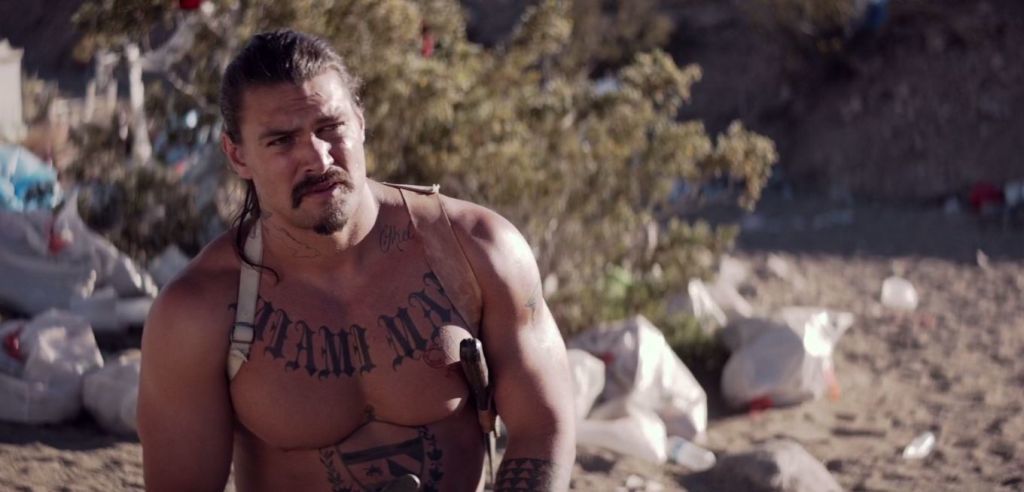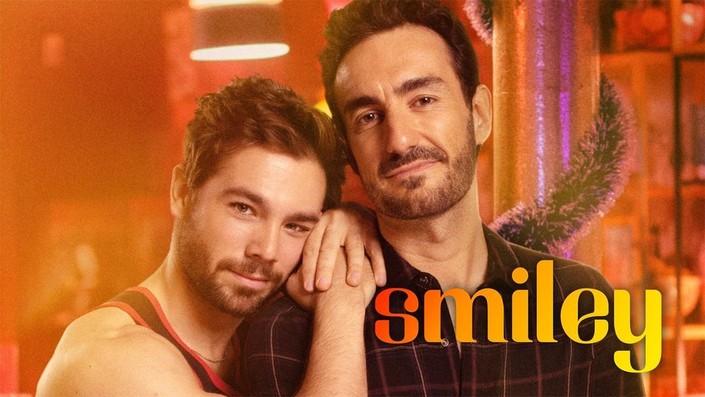“The Bad Batch” (2016): A Surreal and Brutal Dystopian Tale
Ana Lily Amirpour’s The Bad Batch (2016) is an unconventional, hypnotic journey through a bleak and bizarre dystopian landscape. Following her acclaimed debut A Girl Walks Home Alone at Night, Amirpour once again subverts genre expectations—this time blending post-apocalyptic survivalism, horror, dark comedy, and western aesthetics into a film that is as unsettling as it is visually arresting.
Set in a near-future America where undesirables are exiled beyond a vast desert border, the film introduces us to a lawless no-man’s land filled with scavengers, cults, and cannibals. The titular "bad batch" refers to those cast out of society for various reasons—criminals, misfits, the mentally ill—left to survive in a harsh environment devoid of law, order, or morality. At the center of the story is Arlen, a young woman played by Suki Waterhouse, who is dumped into the wasteland and quickly captured by a group of cannibals. In one of the film’s most harrowing sequences, she loses an arm and a leg before managing a narrow escape.

From there, The Bad Batch unfolds in a series of haunting vignettes, as Arlen attempts to navigate this brutal world, encountering a mix of eccentric and dangerous characters. Among them are Miami Man (played by Jason Momoa), a heavily tattooed cannibal who becomes both her enemy and unlikely ally; The Dream (Keanu Reeves), a cult leader with a messianic complex and a harem of pregnant women; and The Hermit (Jim Carrey), a silent and mysterious scavenger who guides Arlen in moments of uncertainty.
What sets The Bad Batch apart is its refusal to conform to conventional narrative structures. The film moves at a meditative, sometimes dreamlike pace, more concerned with mood, atmosphere, and visual symbolism than plot. Its desolate setting is painted in wide, sun-bleached shots that emphasize the emptiness of the world, both physically and morally. Music plays a significant role as well, with a soundtrack that weaves between ambient electronic, psychedelic pop, and unsettling silence, enhancing the film’s surreal and often disorienting tone.

Thematically, The Bad Batch explores the nature of exclusion, survival, and morality in a world where traditional rules no longer apply. It questions whether humanity can exist without structure—and whether kindness can survive in a place built on cruelty. Arlen’s journey from victim to survivor to morally ambiguous actor underscores these ideas, as she learns to adapt to a world that demands brutality but still contains glimmers of human connection.
While the film divided audiences due to its graphic content, sparse dialogue, and slow pacing, it has gained a cult following for its originality, striking visuals, and uncompromising vision. It’s not a film for everyone, but for those willing to venture into its brutal and bizarre world, The Bad Batch offers a unique cinematic experience—one that lingers long after the credits roll.
In the end, The Bad Batch is less a traditional movie and more a fever dream about survival, identity, and what remains of humanity when society decides you're no longer part of it.



